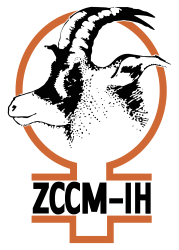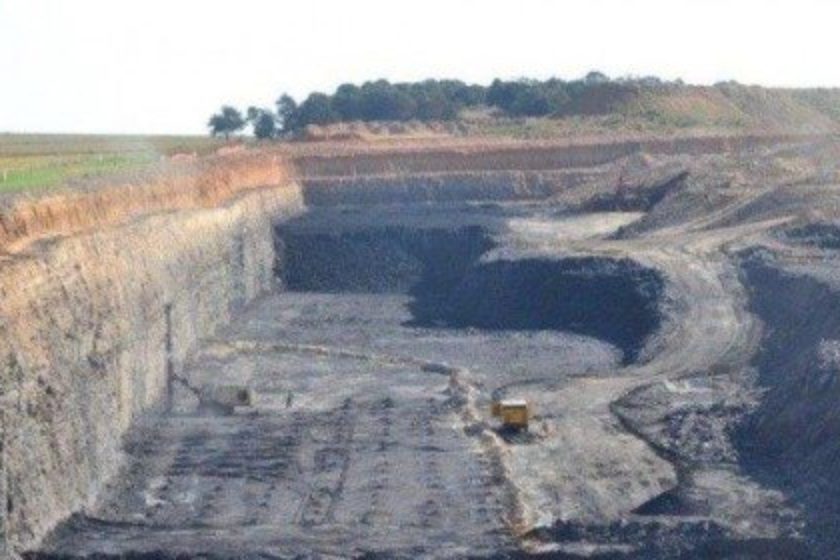Environmental management company I-Cat Environmental Solutions is supplying Zambian copper mine Kansanshi, owned and operated by mining companies First Quantum Minerals and ZCCM-IH, with its GreenGrip gravel road sealant.
The sealant eliminates dust on the mine’s semipermanent roads, preventing the adverse effects of dust on miners and reducing maintenance costs caused by dust-related failures, explains I-Cat Zambia director Chris Smit.
He notes that GreenGrip, which is an environment-friendly polymer-based product, was first applied at the mine in June 2013.
“Normally, mines use water to get rid of dust, but by applying GreenGrip, you prolong the effect, as GreenGrip has a special ingredient mixed with the polymer that binds soil and seals the road.
Dust is a huge problem on Zambian mines, particularly at this time of year, owing to the dry and windy conditions
– Chris Smit
“Instead of water bowser trucks constantly spraying water, GreenGrip needs to be applied only once every two to three days, depending on the dust levels at the mine. This significantly reduces maintenance and associated costs,” Smit tells Mining Weekly.
He notes that, while Zambia currently has air-quality laws in place, Zambian mines do not often adhere to them. This, however, is starting to change, says Smit, as international companies, which need to adhere to a country’s laws to remain operational, are becoming more prevalent in Zambia’s mining industry.
Smit highlights that dust is a huge problem on Zambian mines, particularly at this time of year, owing to the dry and windy conditions.
“Many people work in plant and pit areas, and on haulage roads, which are very dusty. Dust affects their health and, by applying these products, mines can reduce the dust levels by 40% to 50%, making a significant difference to the health of mine personnel,” he emphasises.
Smit adds that temporary roads, particularly around pit areas, that are not treated with GreenGrip are, however, treated with RDC 20, which is a more cost-effective dust palliative product offered by I-Cat.
Supplying Zambian Mines
He notes that I-Cat has been supplying the Zambian market since 2011 with its liquid soil additive RDC 20, which binds fine soil into heavier particles to prevent dust from becoming airborne. I-Cat has also introduced its new bitumen-based GreenBit product, which can primarily be used on main haulage roads to prevent roads from being washed away by rain.
“Owing to heavy rainfall in Zambia, GreenBit was developed in 2013 for application on main haulage roads and is currently being used on ferrous metals miner Assmang’s Bruce and King mines, in the Northern Cape, South Africa, with huge success. We apply this product to roads in Zambia to stabilise the roads during rainy seasons,” he explains.
GreenBit, as the name suggests, has an additive mixed with a lower dose of bitumen, which reduces the environmentally harmful impact of the more traditional bitumen-based products.
“We are an environment-friendly company and, as such, we strive to supply products to mines that have the same effects as a bitumen road – commonly known as asphalt – but with lower toxicity levels.
“Our mission is to prevent environ- mentally harmful products from spilling into runoff streams and dams, which is why we developed green products such as GreenGrip and RDC 20.
I-Cat Zambia has been registered with the Zambian Environmental Management Agency (Zema) since 2012 and all its products have been tested and declared environment-friendly by Zema.
Source: Mining Weekly





